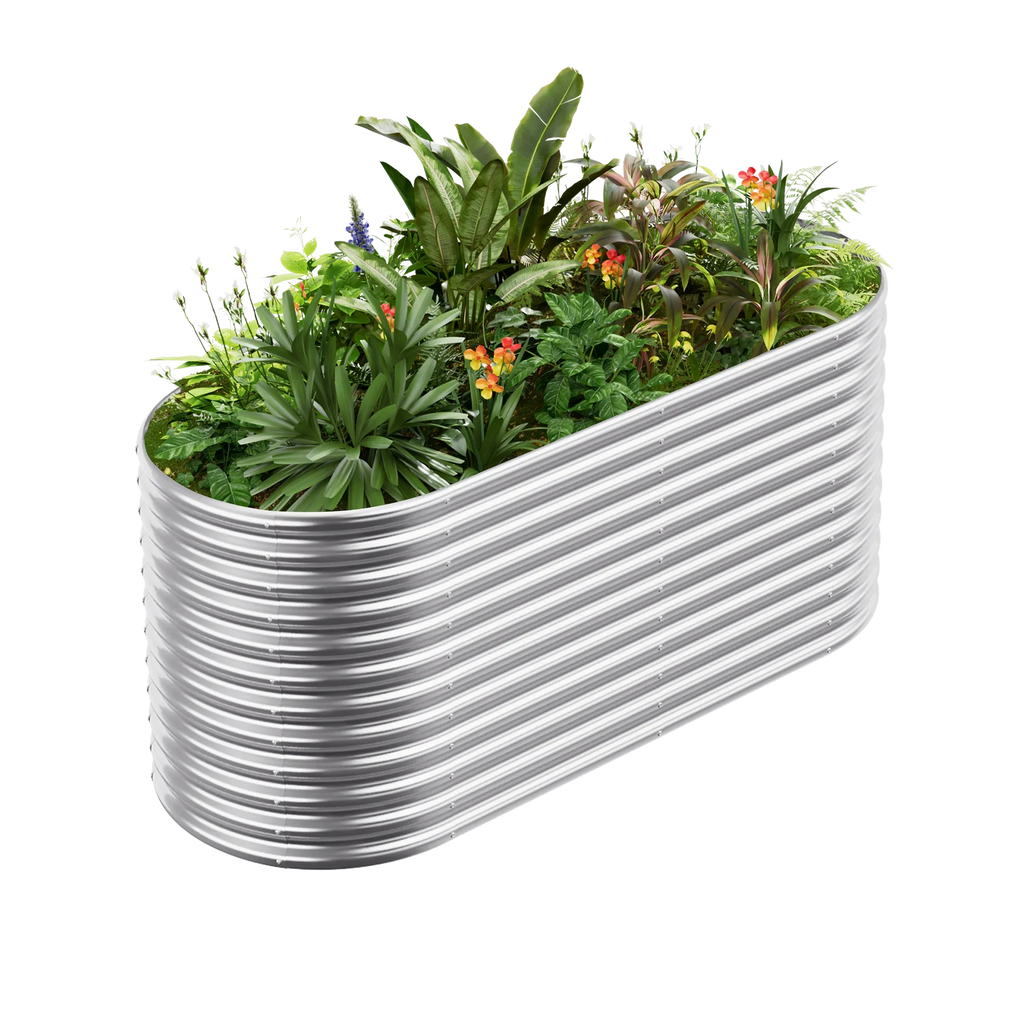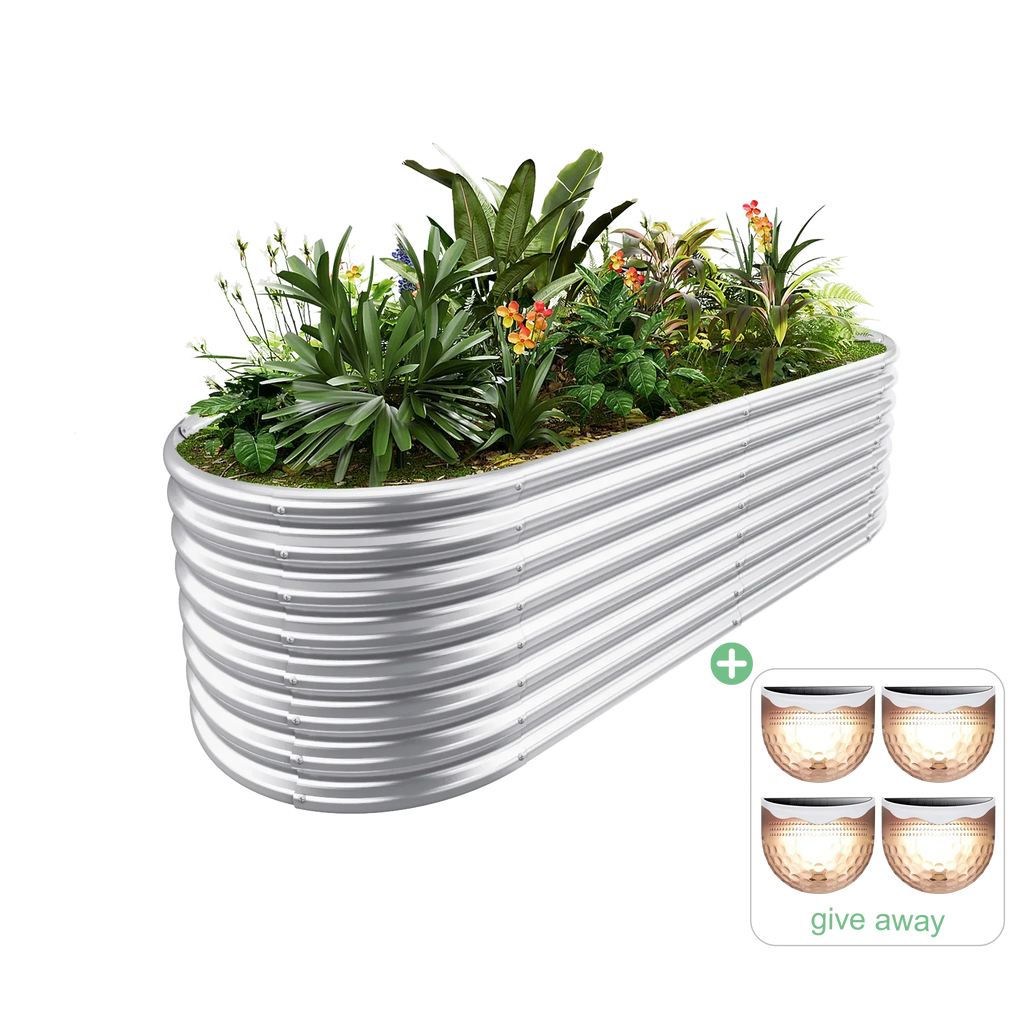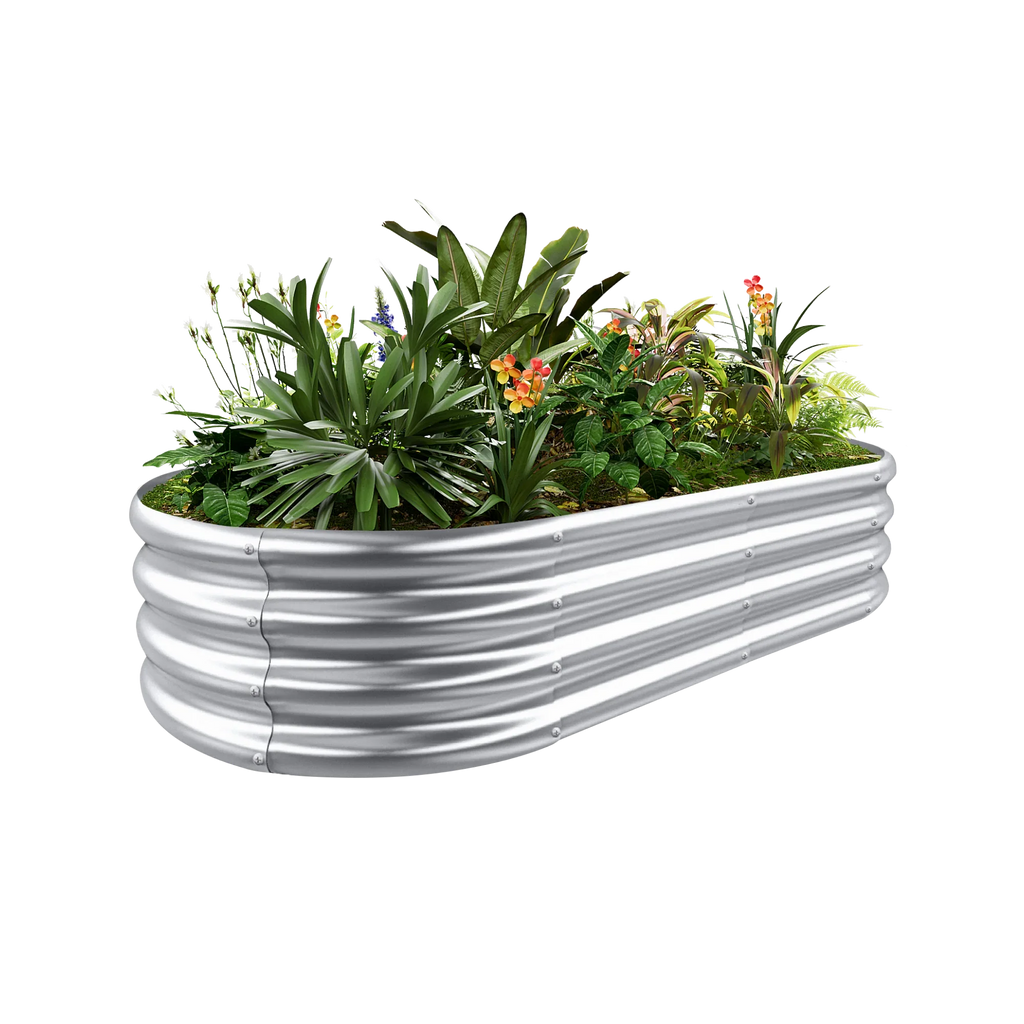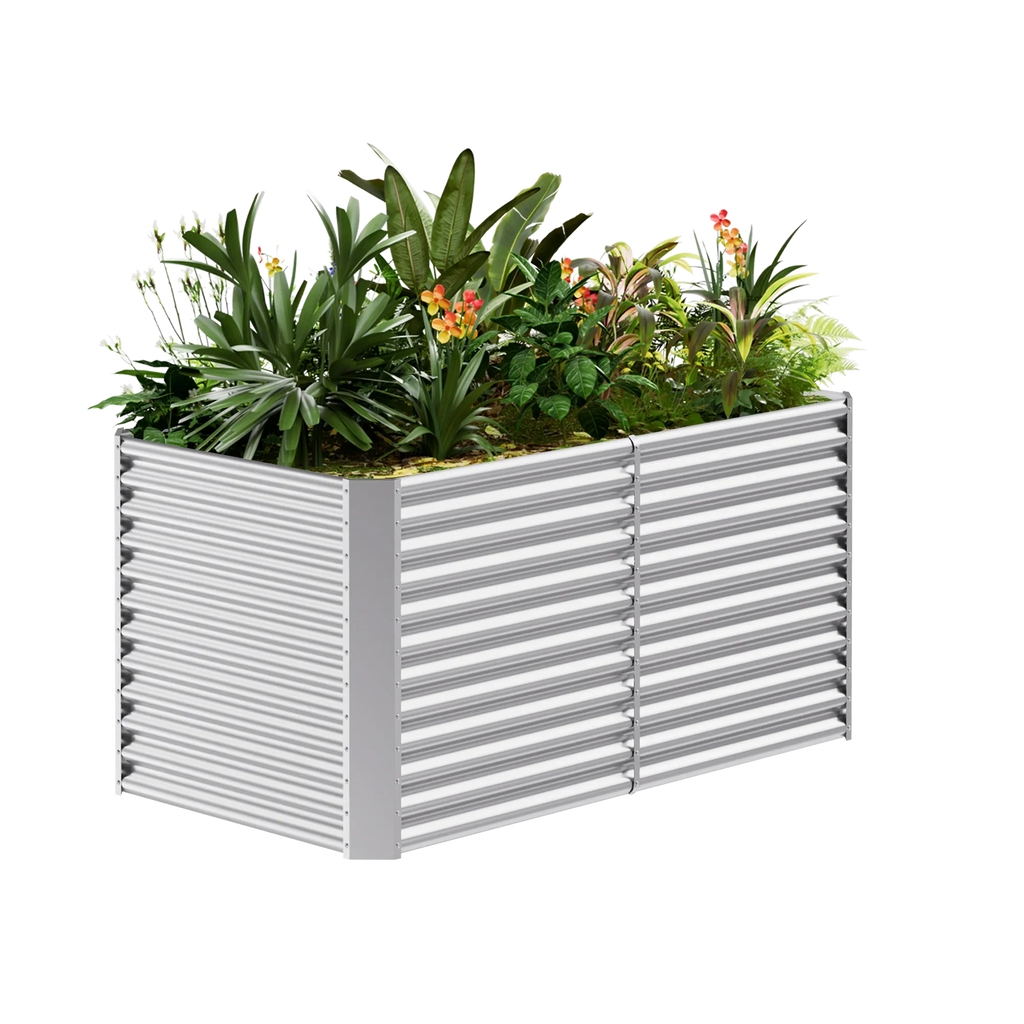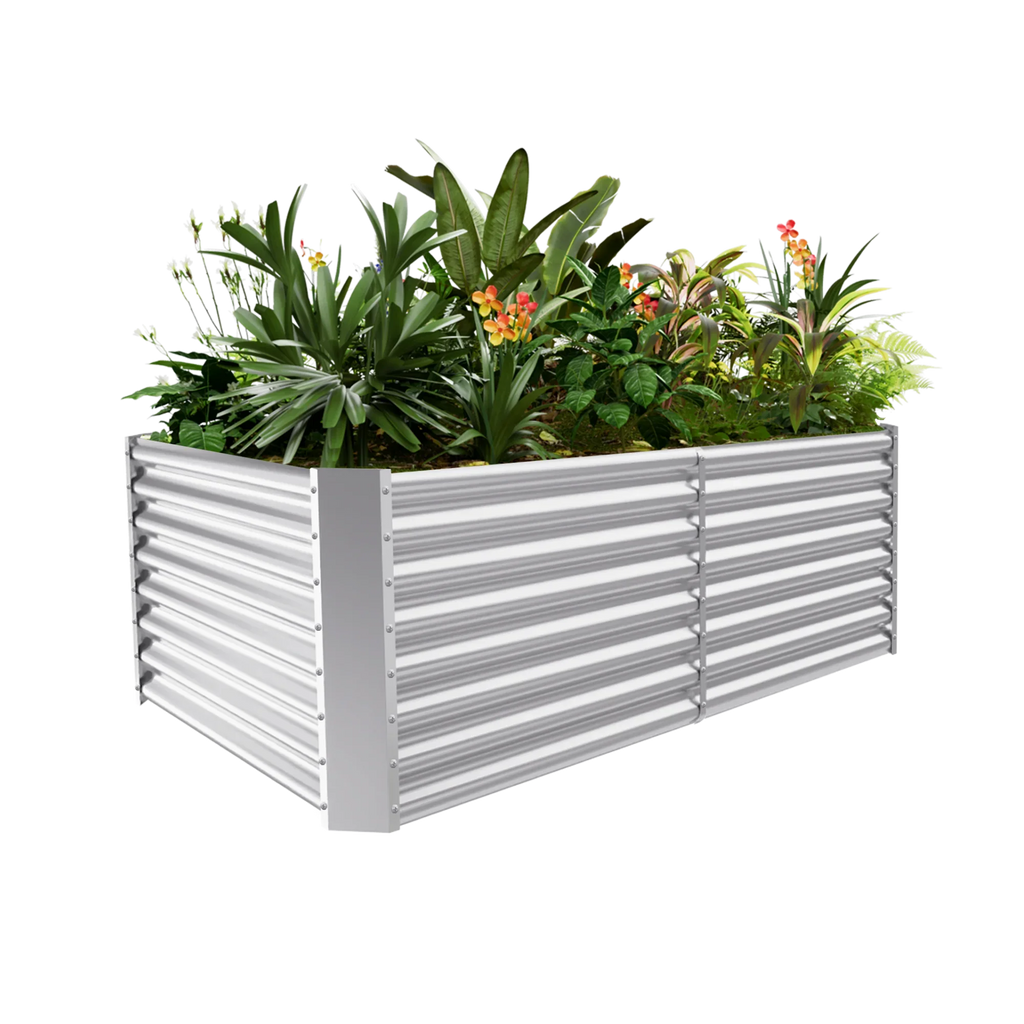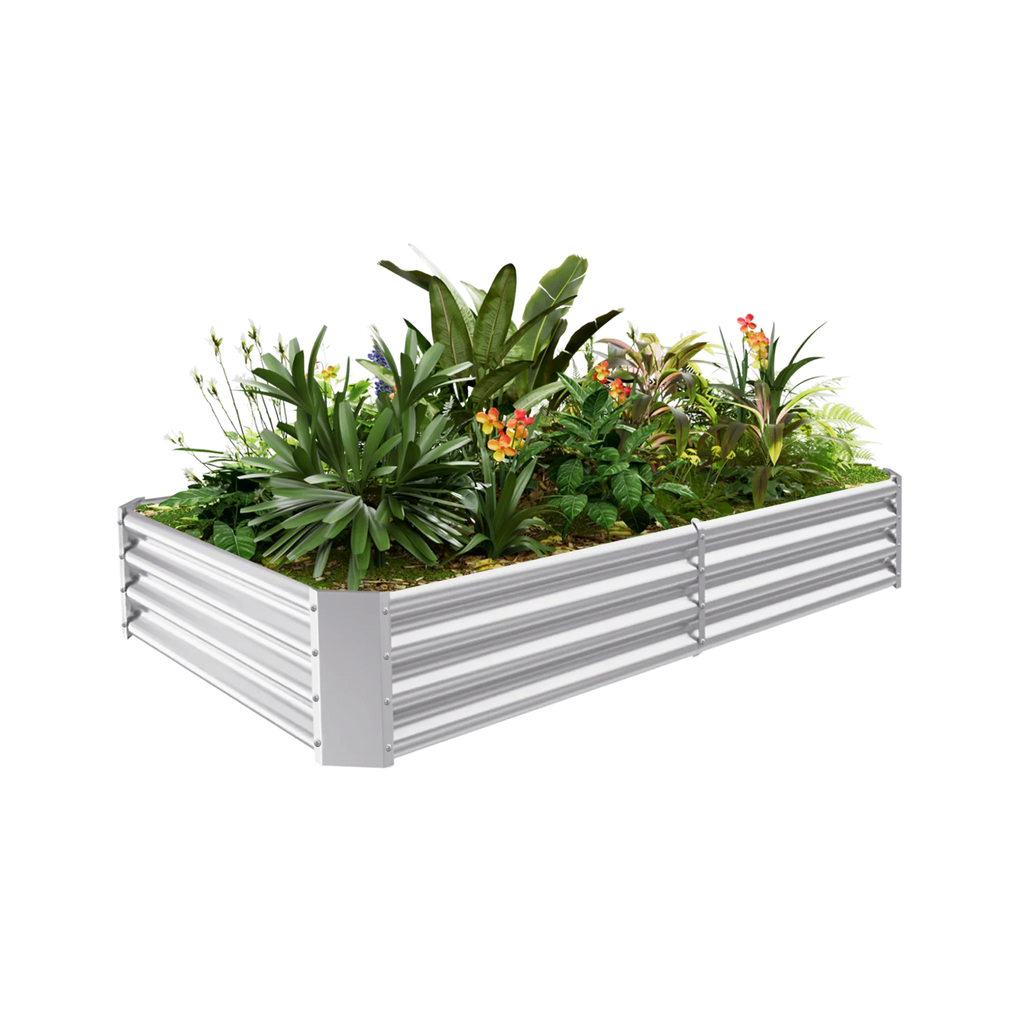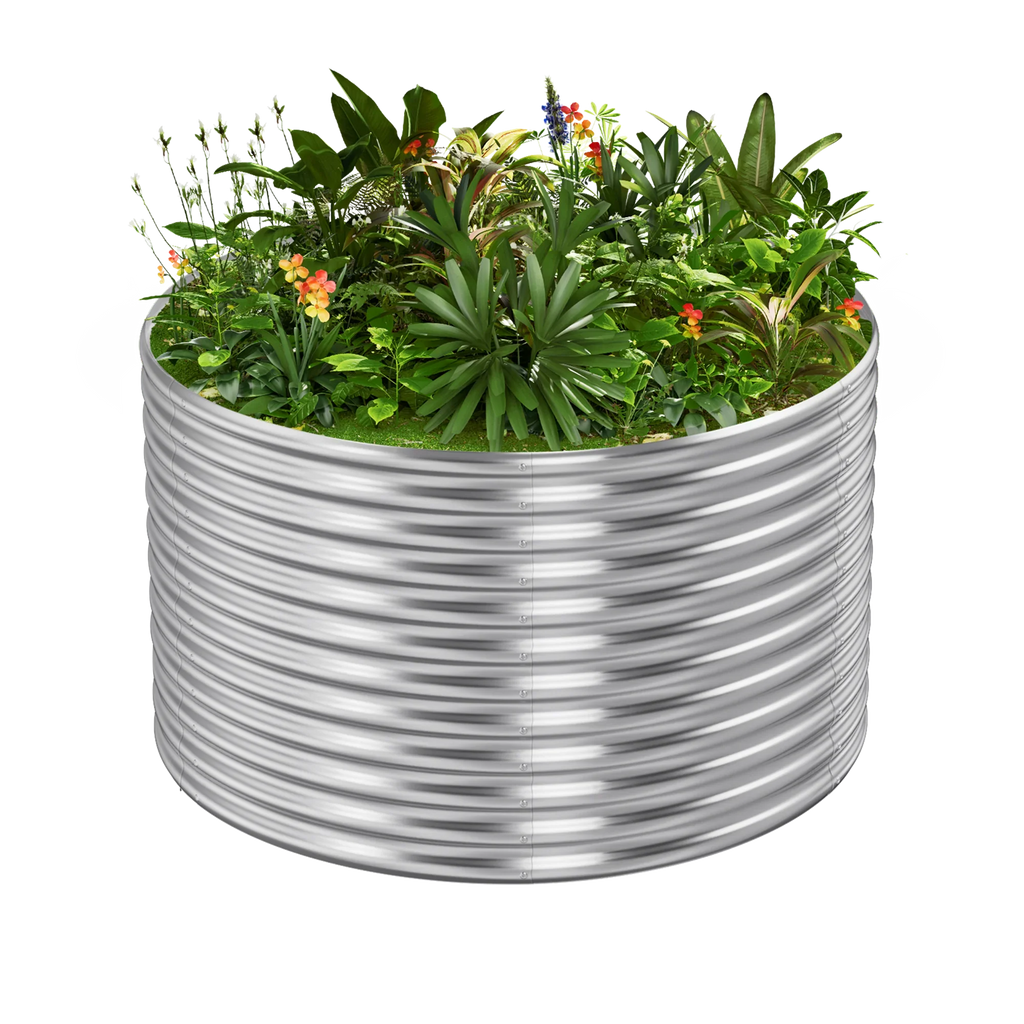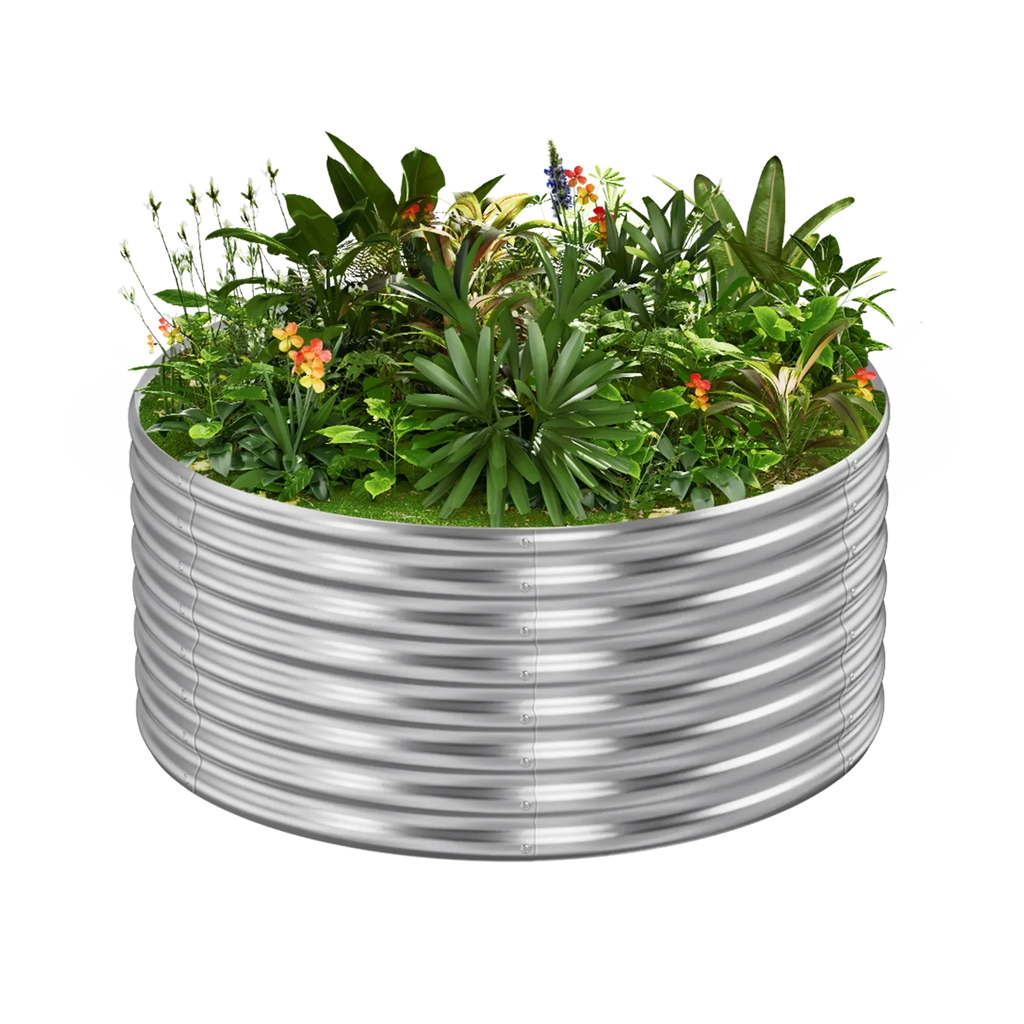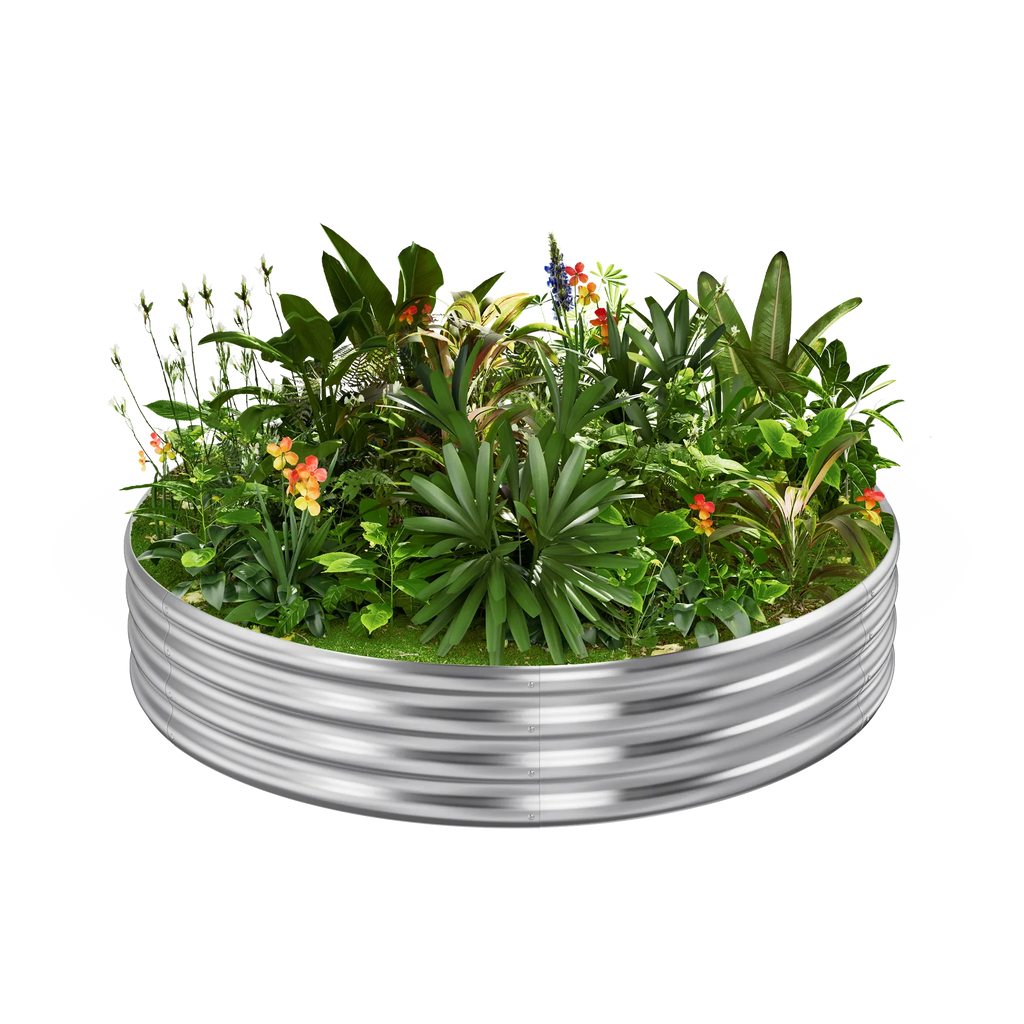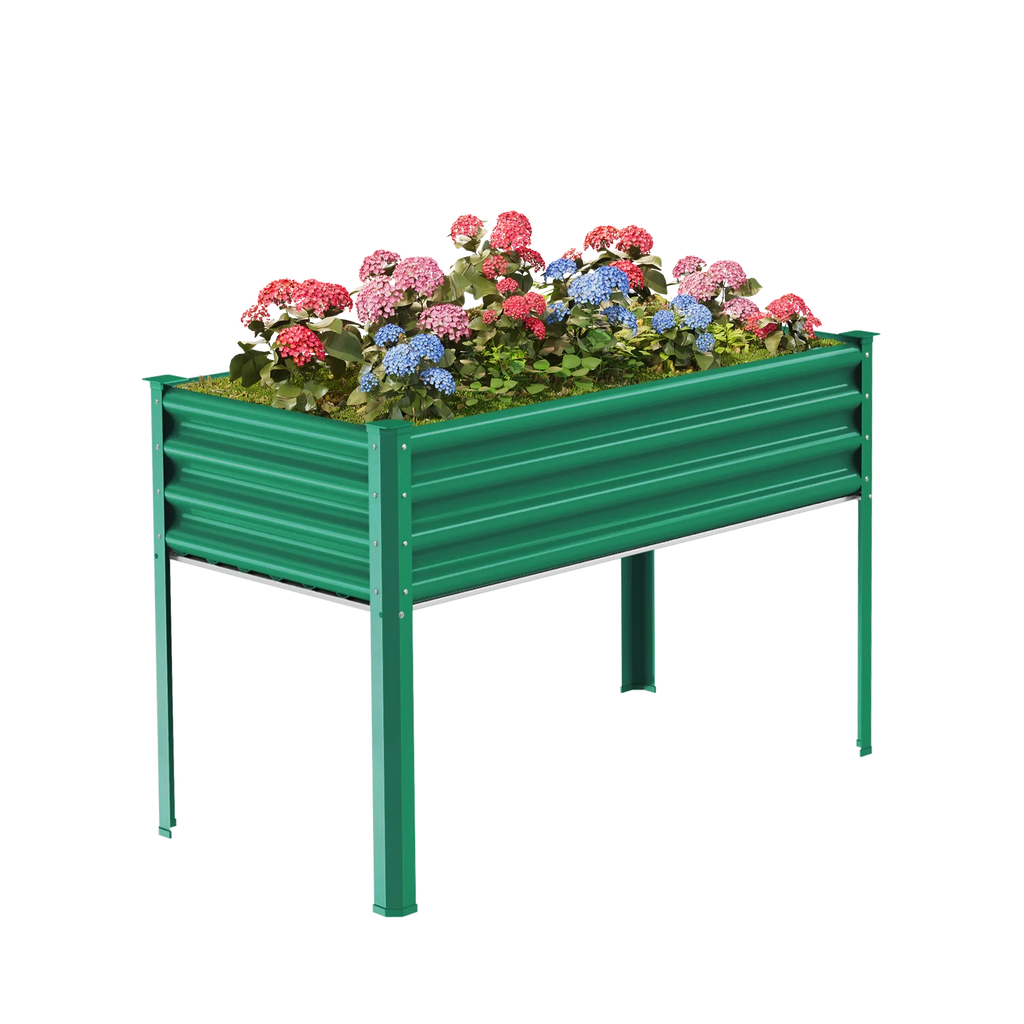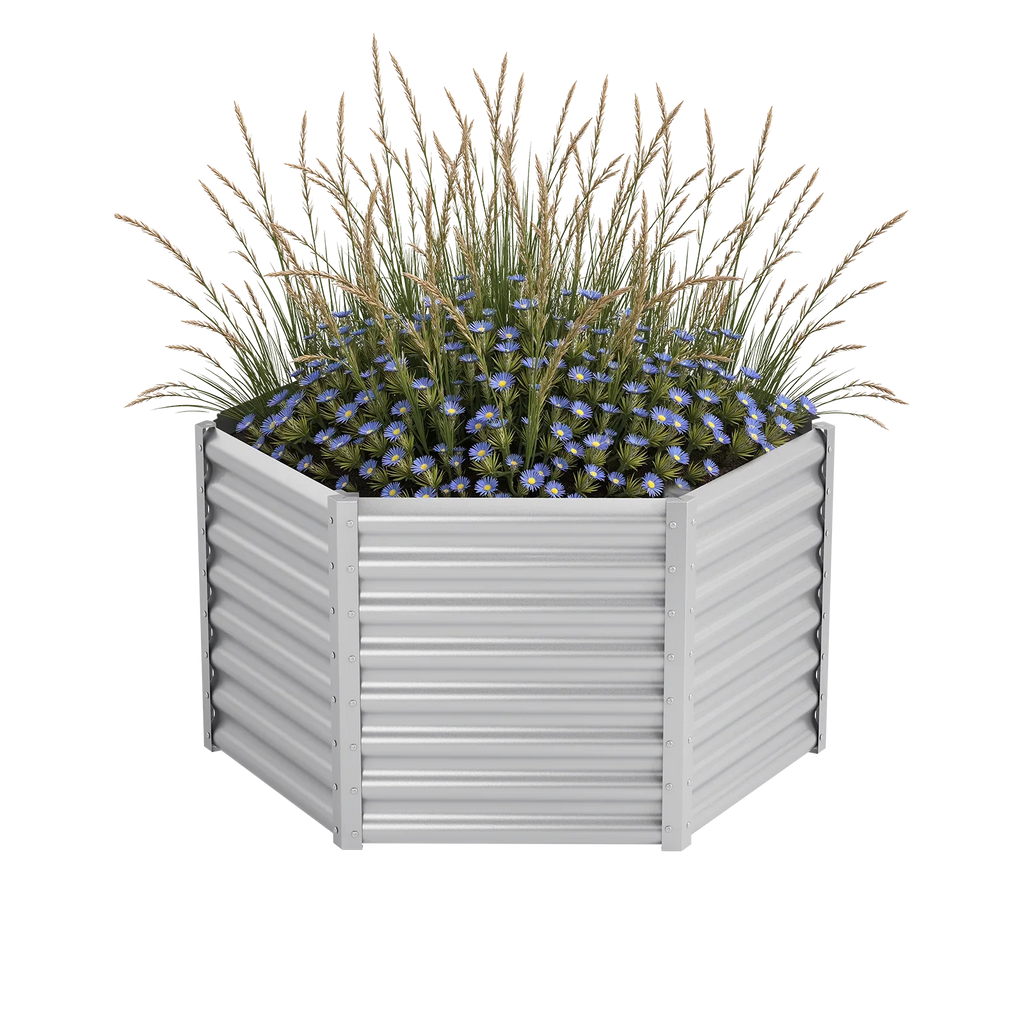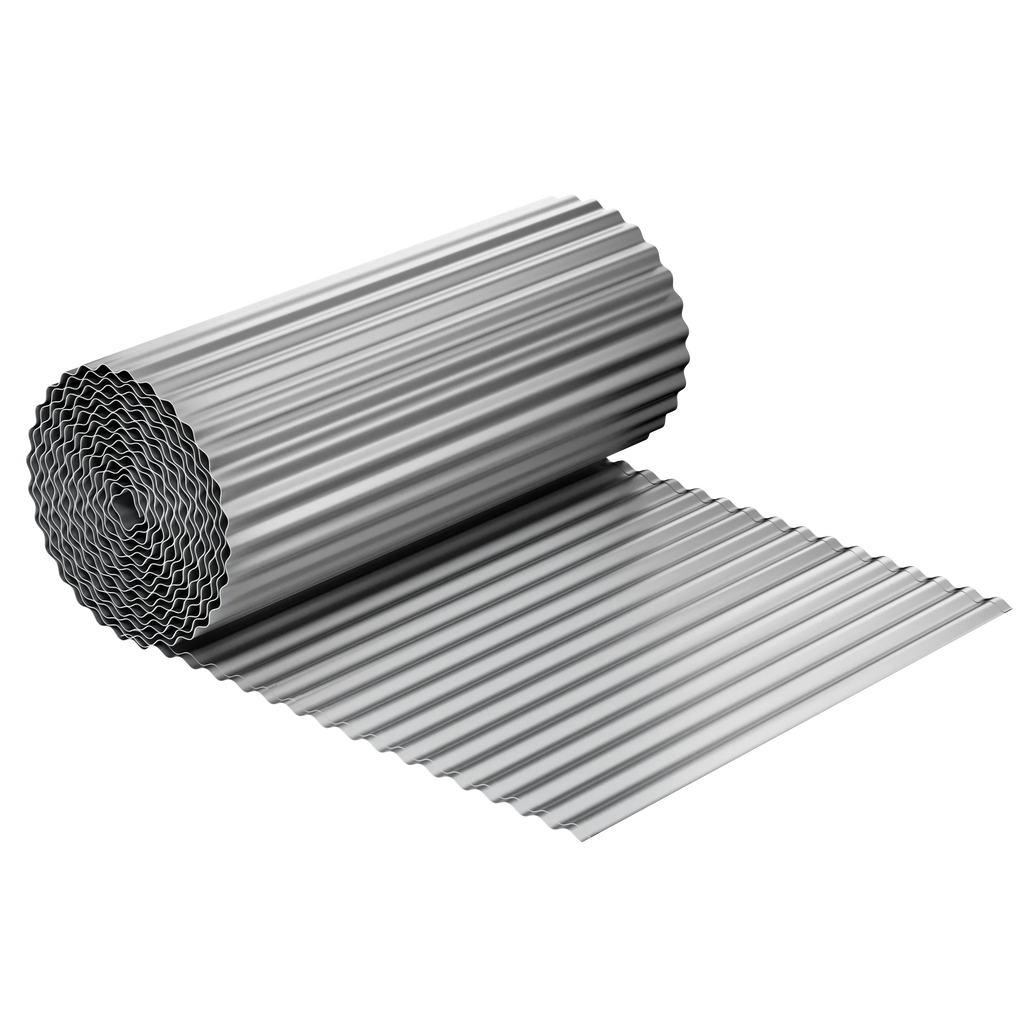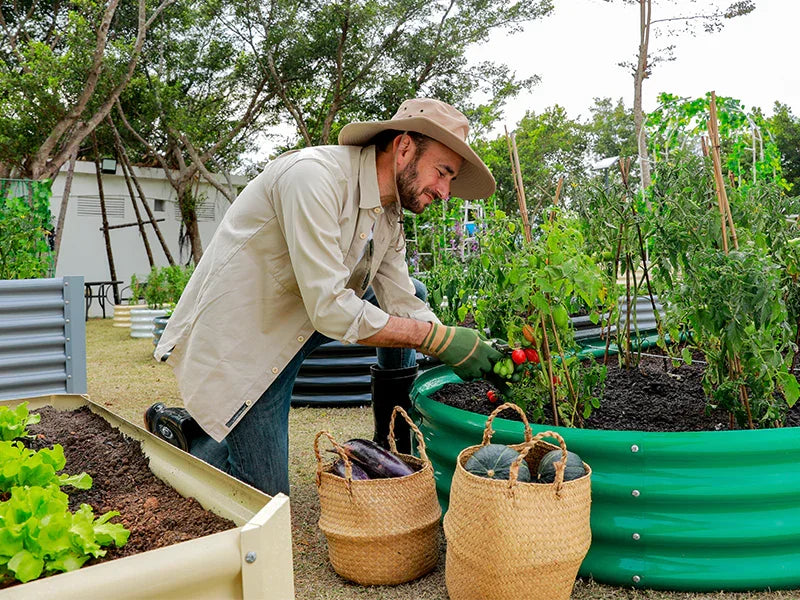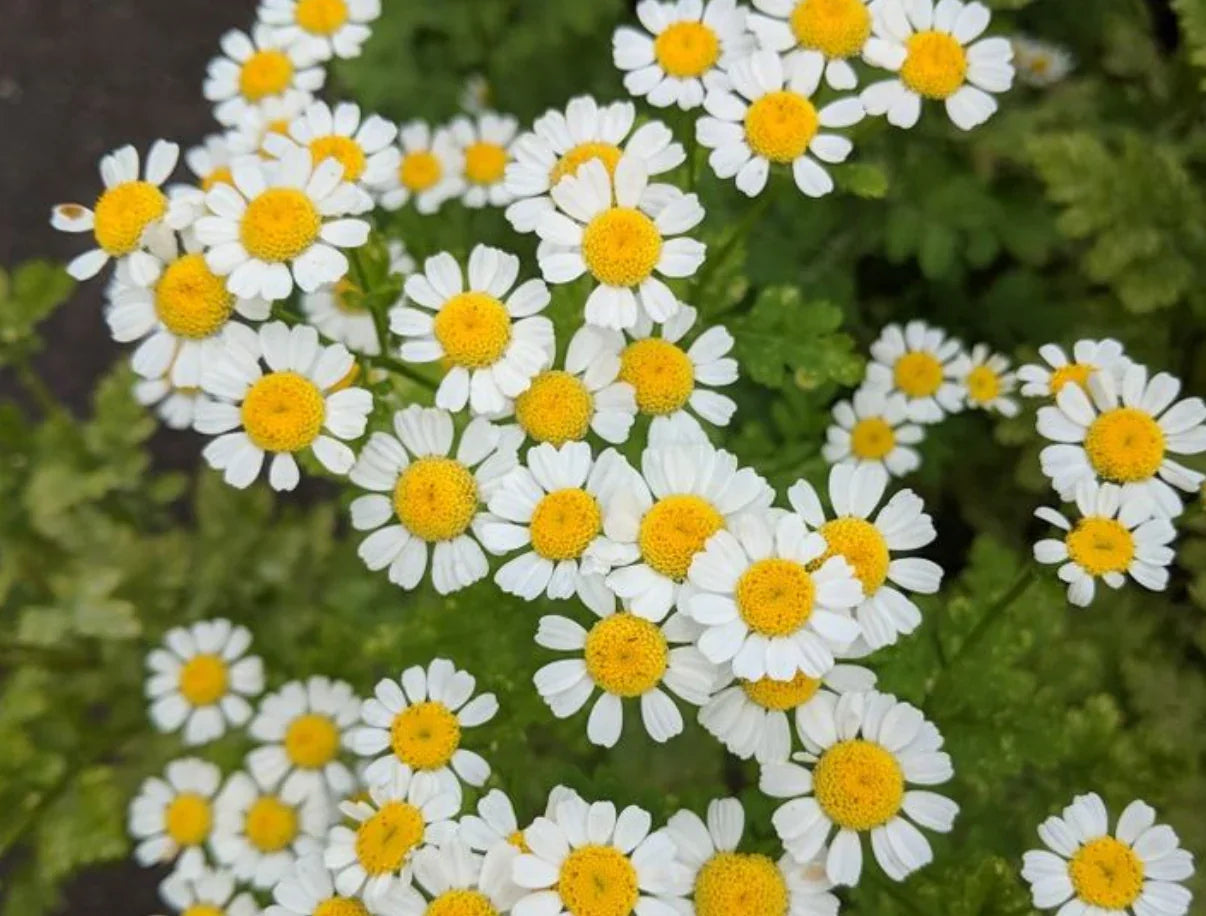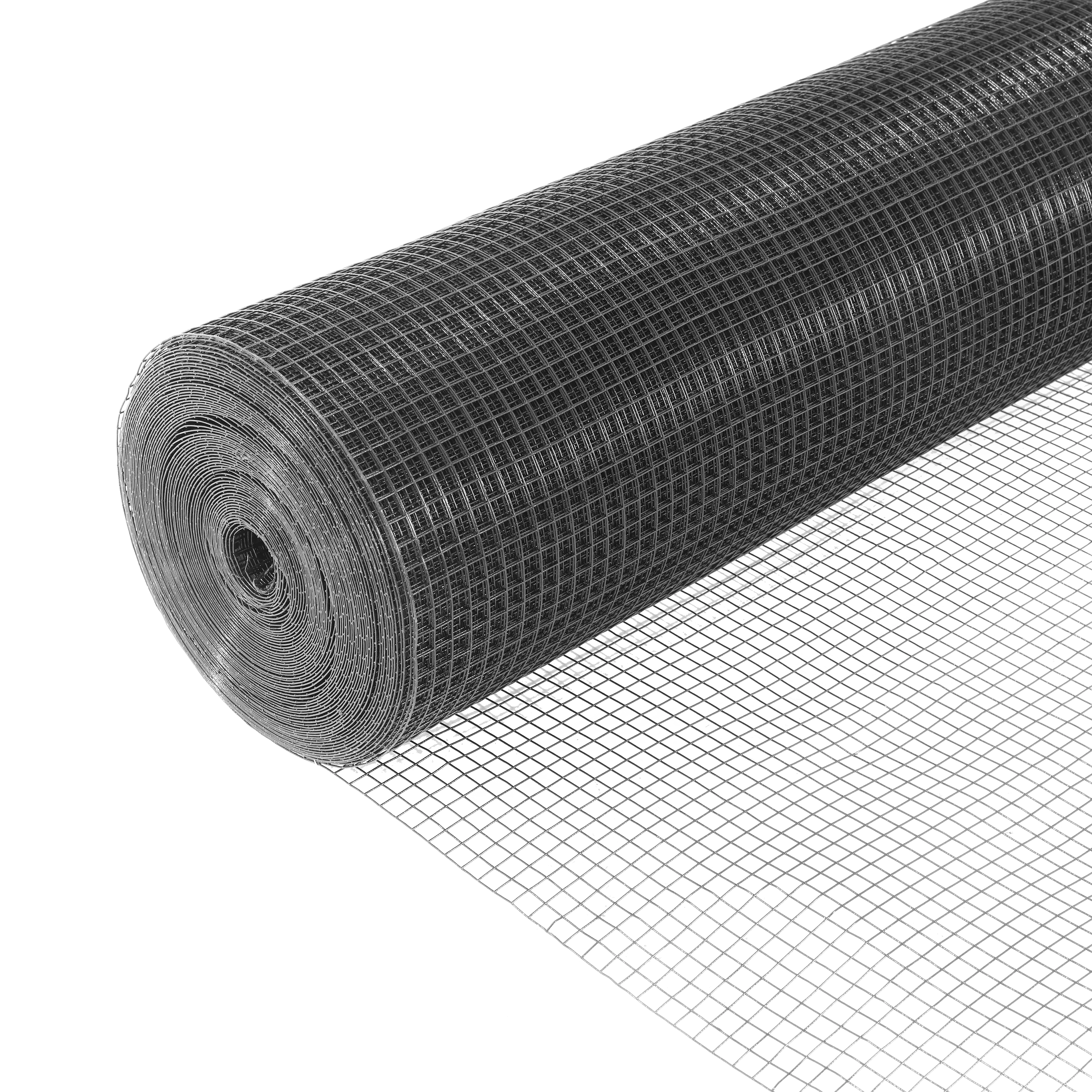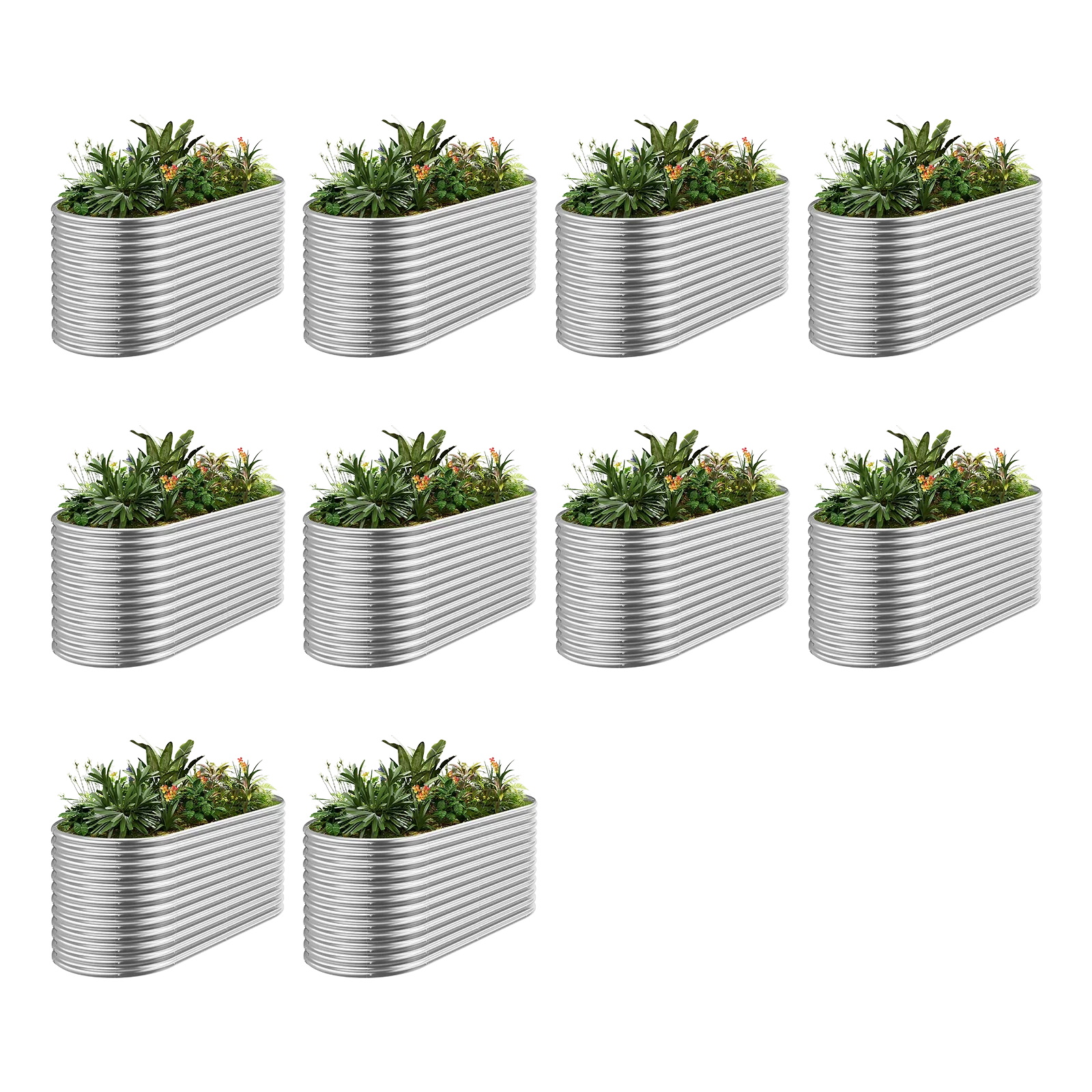Daisies are the unsung heroes of the garden, offering effortless beauty and a touch of whimsy. For gardeners across the U.S., creating a daisy-filled haven in your garden beds is a simple way to bring joy to your outdoor space. With raised garden beds, you can elevate this vision even further, blending practicality with charm. Here’s your guide to choosing the right garden beds, planting daisies, and nurturing them into a blooming paradise.
The Charm of Daisies and Their Fit with Garden Beds
Daisies captivate with their delicate petals and vibrant centers, making them a favorite for any garden. Hardy and adaptable, they bloom generously and attract pollinators like bees, boosting biodiversity. From Florida’s warmth to Montana’s cool summers, varieties like Shasta and oxeye daisies thrive nationwide. Garden beds—especially raised garden beds—enhance their growth by offering tailored soil conditions and better drainage, setting the stage for a stunning daisy display.
Picking the Perfect Garden Beds for Daisies
Your daisy haven begins with the right garden beds. Traditional in-ground options are fine, but raised garden beds stand out for their benefits. They improve drainage, reduce soil compaction, and make gardening more comfortable. Opt for beds 12–18 inches deep to give daisy roots room to grow, whether in rectangular designs for orderly rows or circular ones for a playful vibe. Position your garden beds in full sun—daisies crave 6–8 hours daily—and you’re set to plant.
Optimizing Your Garden Beds’ Soil for Daisies
Daisies love well-drained, moderately rich soil, so getting your garden beds ready is crucial. For raised garden beds, mix topsoil, compost, and a drainage aid like sand in equal parts. Aim for a pH of 6.0–7.0—use a garden center test kit to confirm. Dig the soil in your beds to 12 inches, removing debris, and blend in compost for a nutrient kick. A layer of mulch after planting keeps moisture in and weeds out, especially helpful in fast-draining raised garden beds.
Planting Daisies in Your Garden Beds
Planting daisies at the right time ensures success. In most U.S. climates, spring or early fall is ideal, dodging harsh summer or winter extremes. Choose between seeds or transplants for your garden beds:
· Seeds: Scatter 6–12 inches apart, cover with a thin soil layer, and water until germination (10–20 days).
· Transplants: Dig holes twice the root ball’s size, set plants in, and firm the soil.
Space them per variety—oxeye daisies need about 2 feet—and arrange creatively in raised garden beds for a lush, full look.
Maintaining Your Daisy-Filled Garden Beds
Daisies are resilient but reward a little TLC. Water your garden beds with 1 inch weekly, adjusting for raised garden beds that dry quicker in places like Nevada. Fertilize lightly in spring with a 10-10-10 mix if desired, and deadhead spent blooms to keep flowers coming—an easy task in raised beds. Pests like slugs are rare, but neem oil handles them if needed. In cold states like Vermont, mulch your beds in late fall to shield roots from frost.
Designing a Daisy Landscape with Garden Beds
Garden beds open up design possibilities for your daisy haven. Blend white Shasta daisies with vivid African daisies for contrast, or add marigolds to fend off bugs. A circular raised garden bed packed with daisies can star as your yard’s centerpiece, while rectangular beds frame a pathway with floral charm. These layouts turn garden beds into a canvas for beauty and practicality.
The Edge of Raised Garden Beds
Raised garden beds give daisies a boost. They warm up fast in spring, stretching the growing season—perfect for cooler regions like Washington. Their clean lines keep your haven neat, and they fit anywhere, from sprawling yards to city balconies. For U.S. gardeners, raised garden beds mean less work and more blooms, making them a daisy-growing must-have.

